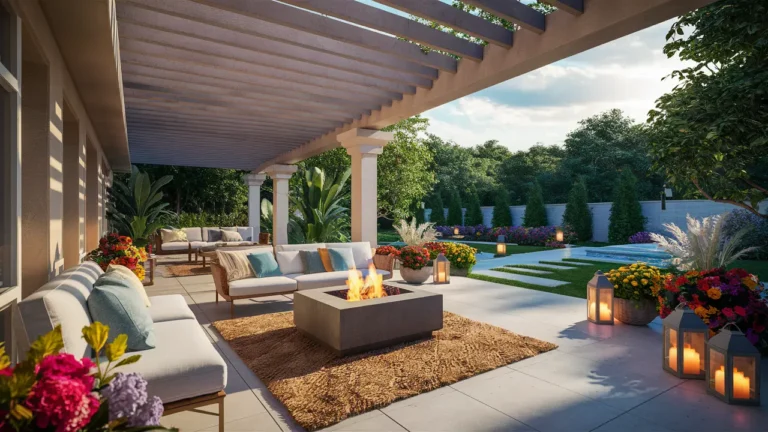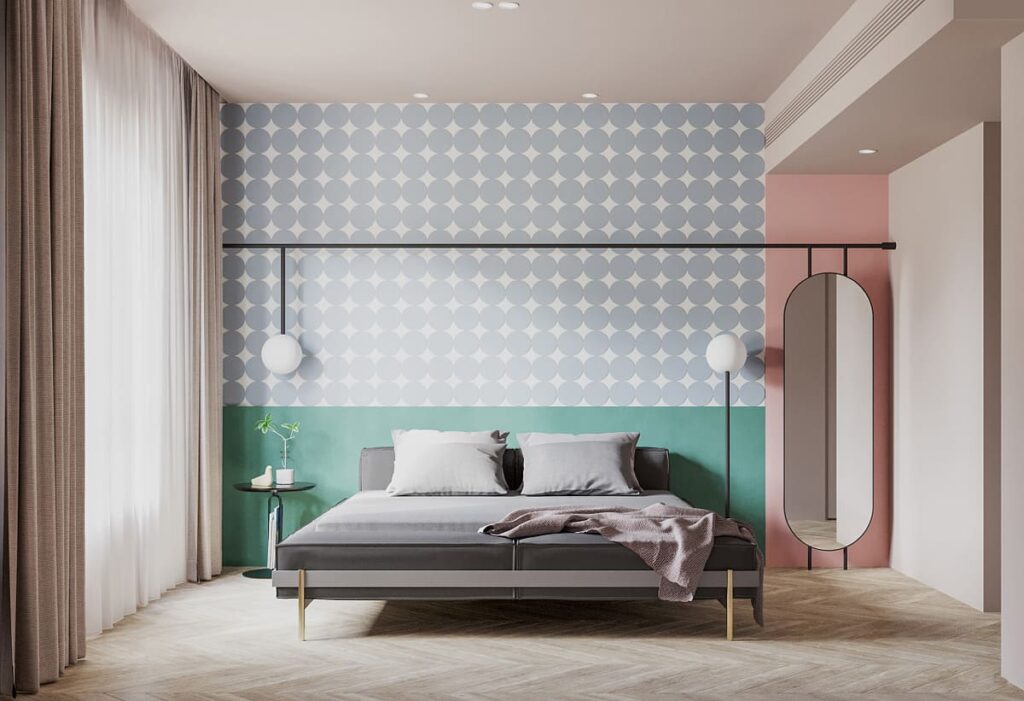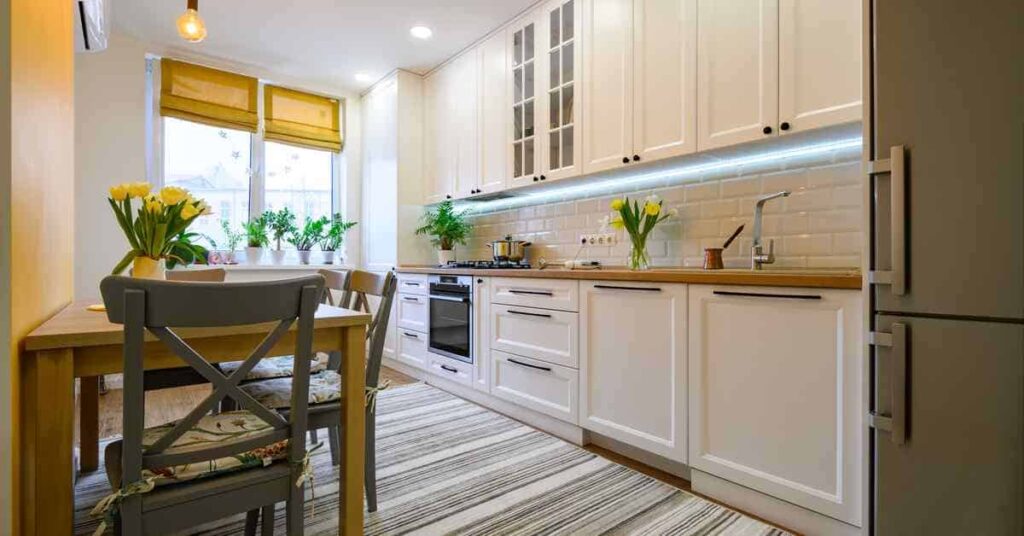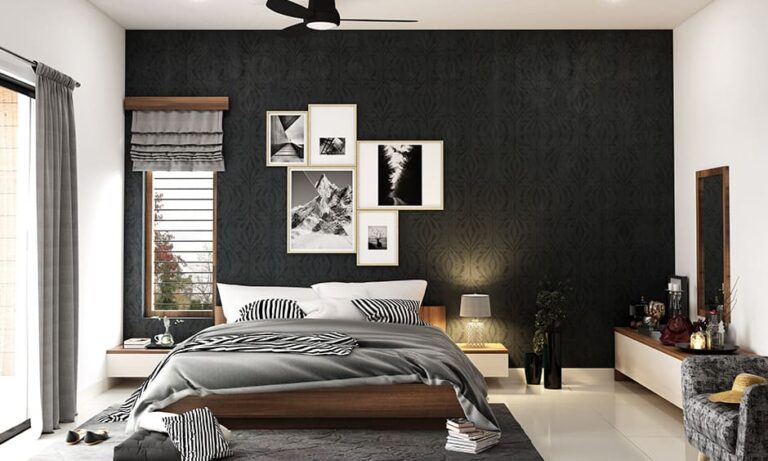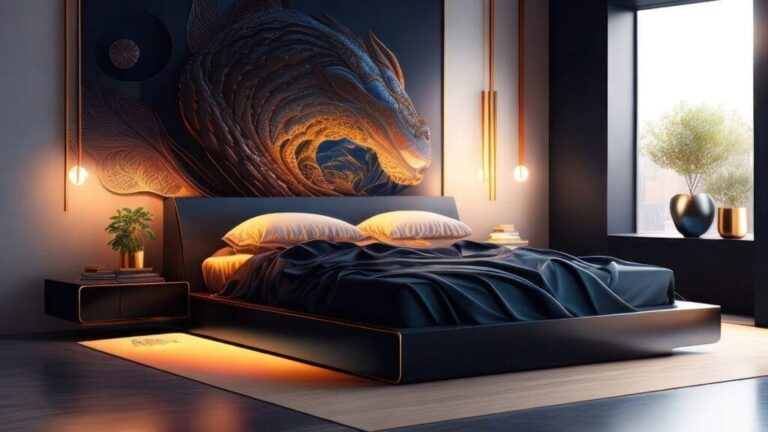When square footage is limited, every inch counts—especially in the bedroom, a place for rest, rejuvenation, and sometimes even work. Creating a flexible bedroom layout in a small space can be challenging, but with some clever design tricks and innovative ideas, it’s possible to maximize both functionality and style. Here’s how to design a flexible bedroom layout that adapts to your lifestyle, making the most of every square foot.
Embrace Multi-functional Furniture
1. Murphy Beds: A Murphy bed, or wall bed, can be lifted into a cabinet or wall, clearing floor space for other activities during the day, such as exercising or working.
2. Convertible Desks: Consider a desk that can fold up into a wall unit or convert into a vanity. This versatility makes it possible to have a workspace or makeup station as needed.
3. Storage Ottomans: These pieces serve as seating, storage, and sometimes even as a coffee table. Choose one with a reversible top for added functionality.
Utilize Vertical Space
1. Wall-mounted Shelves: Install shelves above the bed, desk, or along an empty wall to store books, decor, or other essentials without sacrificing floor space.
2. Tall, Narrow Furniture: Opt for tall, narrow wardrobes or bookcases that make use of vertical space. This can help keep your belongings organized and off the floor.
Opt for Sliding Doors
Replace traditional hinged doors with sliding doors or even pocket doors to save space. This change makes room arrangement easier by removing the clearance needed for doors to swing open.
Implement Modular Pieces
Modular furniture can be rearranged or adapted to various needs and layouts. Modular sofas, for instance, can be broken into chairs or rearranged to suit different configurations, offering flexibility as your needs change.
Choose Light Colors and Mirrors
1. Light Colors: Use light colors for walls and large pieces of furniture. Light colors make a space feel bigger and airier because they reflect more light.
2. Mirrors: Strategically place mirrors to reflect light and visually expand the space. A large mirror, or a group of smaller mirrors, can dramatically change how big the room feels.
Create Defined Zones
1. Rugs: Use rugs to define different areas within the room, such as a sleeping area, a work area, and a relaxation nook. This helps visually separate the space based on its use.
2. Room Dividers: Consider using a decorative screen or curtain to create temporary divisions within your bedroom. This is particularly useful if you occasionally work from home and need to hide work-related clutter.
Flexible Lighting
Choose lighting that can be adjusted for different tasks and times of the day. Clamp lights, portable lamps, and even smart lights that adjust brightness and color temperature can redefine the space from a vibrant office to a cozy bedroom at the touch of a button.
Conclusion
Designing a flexible bedroom in a small space doesn’t mean compromising on style or functionality. With the right strategies—from multi-functional furniture to clever use of colors and lighting—you can create a space that is both adaptable and personal. These flexible layouts not only maximize your available space but also allow your bedroom to evolve with your lifestyle, ensuring that no matter how small your space, it can still have a big impact.



